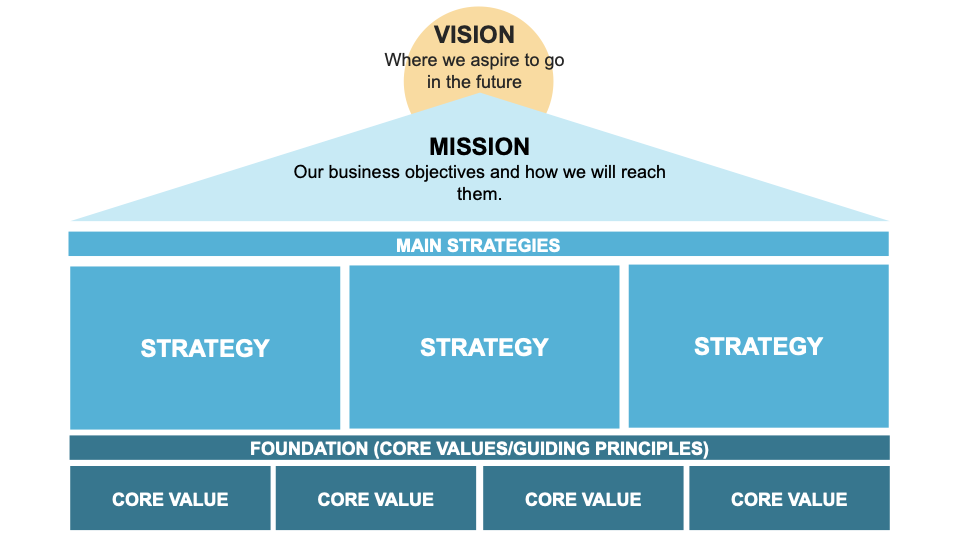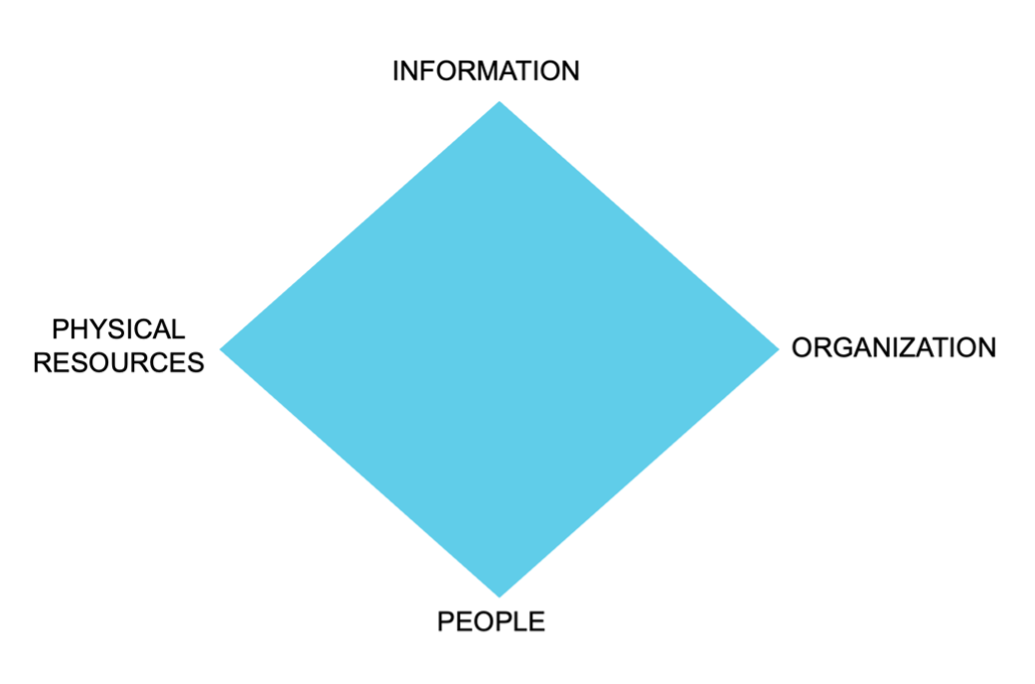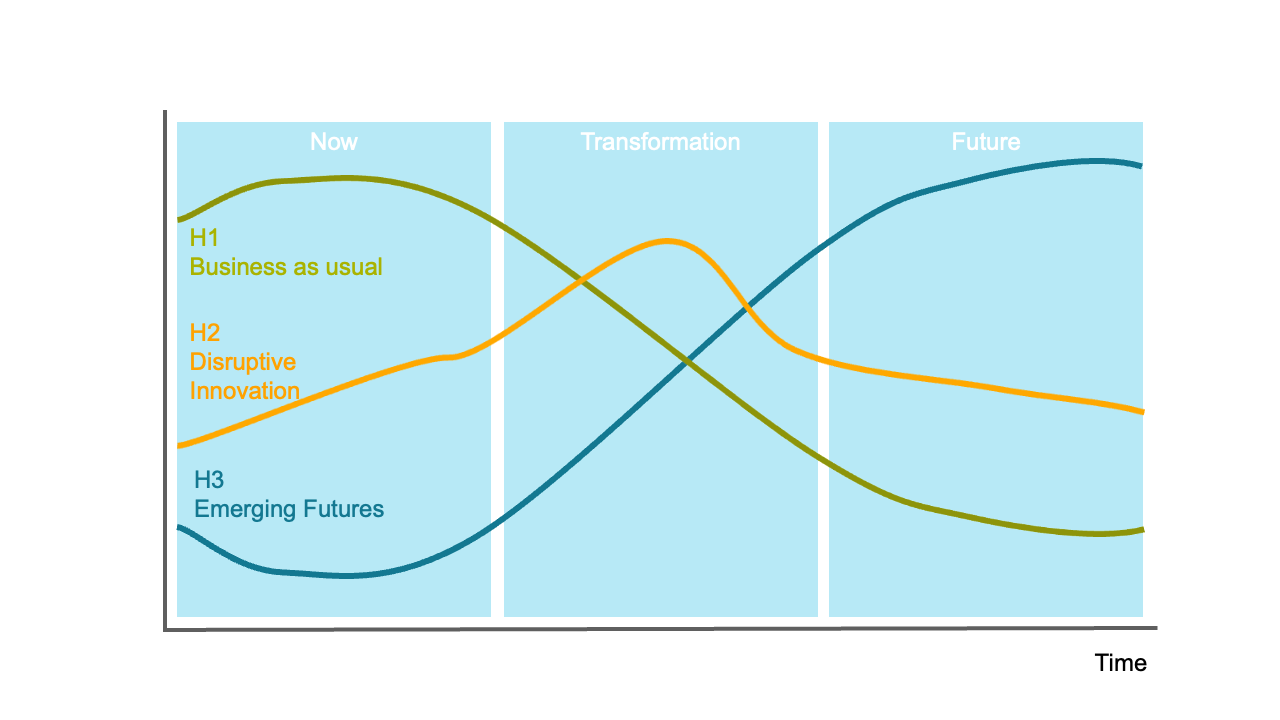From Vision to Action: Unlocking the full potential of the TAIDA framework
In the previous articles of this series, we explored the TAIDA framework’s early steps: Tracking and Analyzing. These phases are critical for identifying trends and understanding the forces shaping our future. Now, we turn to the next steps: Imaging, Deciding, and Acting—the elements that connect foresight to tangible outcomes.
How can organizations not only envision a desirable future but also build the strategies and take the actions required to achieve it?
In this article, we delve into the creative process of developing a vision, making bold decisions, and translating plans into actions that drive real-world impact. Let’s dive in!
Imaging: Bringing the future to life
Imaging, or visioning – creating a vision for the future - is about envisioning possibilities. After analyzing the trends and uncertainties identified in earlier stages, this step involves creating a vivid and desirable vision of the future. It goes beyond intellectual understanding, fostering an emotional connection to potential outcomes that can inspire action.
The role of vision
A clear vision is the foundation of any successful strategy. Research shows that organizations with a compelling vision are more likely to mobilize employees, stakeholders, and resources effectively. A strong vision, that lives in the organization and creates a culture where everyone is aligned and engaged, has great value as the guiding star a leader can utilize to guide the organization towards the future. Imaging answers questions such as:
- What does success look like for our organization in 5, 10, or 20 years?
- How can we align our vision with emerging trends and challenges?
Methods for vision development
- Scenario Envisioning: Use the scenarios developed during the Analyzing phase to identify which outcomes align with the organization’s values and aspirations.
- Collaborative Workshops: Engaging diverse teams in visioning exercises ensures broader buy-in and the integration of varied perspectives.
- The vision house: Developing a strong foundation for the vision, along with the building blocks that upholds the vision, and the guiding star that leads the organization towards the future.
Example:
In a project with a global non-profit, Kairos Future facilitated a visioning workshop where participants imagined their organization’s role in a climate-neutral future. The outcome was a clear roadmap linking their vision to actionable steps, fostering both motivation and direction.

Fig 1: The vision house
Asset Analysis: Understanding the CAN perspective
Before moving from vision to strategy, it is crucial to assess the organization’s current capabilities and resources. This step, often referred to as asset analysis or the CAN perspective, focuses on understanding what the organization can realistically achieve given its strengths and limitations, and what the strategic gaps are that may need to be addressed for the organization to reach its strategic goals.
The role of asset analysis
While a compelling vision outlines where the organization wants to go (the WANT perspective), asset analysis determines how well-equipped it is to get there. This process ensures that strategies are grounded in reality and aligned with the organization’s unique resources, capabilities, and competitive advantages. Asset analysis is an established part of a strategic process. However, in the context of the TAIDA framework, the analysis is done in the light of the mapped future, the trends and scenarios developed in the first part of the process.
Methods for future-driven asset analysis
- Asset inventory: Identify and evaluate the assets and deficiencies within the areas of physical resources, information, people and organization.
- Aging pyramid: Evaluate the products and services of the organization in the light of the identified future business arena. In the longer term, which products and services will still be unique, and which will become generic – or even passé. What gap needs to be filled to keep meeting the needs of the organizations target groups?
- Capability Assessment: Evaluate the organization’s core competencies and how they align with the envisioned future.
Example:
A healthcare company aiming to expand its telemedicine offerings conducted a resource mapping exercise. They identified existing technological capabilities and gaps, enabling them to prioritize investments in AI-driven diagnostic tools and staff training programs to support their vision.
By integrating asset analysis into the TAIDA process, organizations can bridge the gap between aspirations and actionable strategies, ensuring a smoother transition to the decision-making phase.

Fig 2.: Areas for asset analysis
Deciding: Turning vision into strategy
Deciding is the bridge between imagining a future and creating it. This step involves evaluating strategic options, weighing risks and opportunities, and choosing the path that aligns best with the organization’s vision and capabilities.
The Importance of strategic choices
Decision-making in a complex world requires balancing long-term aspirations with immediate realities. It’s about identifying the strategies that are not only desirable but also feasible, considering resources, timelines, and risks.
Methods for decision-making
- Wind tunnel testing: Test existing strategies against multiple scenarios to ensure their robustness under different future conditions. Identify gaps that needs to be addressed, and the need for updated, complimentary or new strategies towards the future.
- Developing Strategy Ideas from Trends, Scenarios, Vision, and Assets: Leverage insights from earlier phases—including trends identified during Tracking, plausible scenarios, the vision created during Imaging, and the results of asset analysis—to brainstorm and refine strategy ideas. This integrated approach ensures strategies are not only creative but also rooted in the organization’s reality and aspirations.
- Stakeholder Alignment: Decisions gain momentum when stakeholders are aligned. Collaborative decision-making ensures buy-in and reduces resistance.
Example:
A retail organization used wind tunnel testing to evaluate their e-commerce strategy across different scenarios, such as shifting consumer behaviors and evolving data privacy laws. This process revealed gaps in their approach and enabled them to refine their strategy for greater resilience.
Acting: From plans to results
Acting is the final step in the TAIDA framework and is where foresight turns into tangible results. This phase is not just about executing strategies but also about fostering engagement, learning, and adaptation.
The Three Horizons framework
Developed by Bill Sharpe, the Three Horizons Framework offers a structured way to think about the future while acting in the present. (This framework may be compared and contrasted to the McKinsey model.)
- Horizon 1: Represents the current state—the immediate challenges and priorities.
- Horizon 2: Bridges the gap between the present and the future, often requiring innovation and transformative thinking.
- Horizon 3: Focuses on long-term visionary goals, the "future we want to create."
This framework encourages organizations to act across all three horizons simultaneously, balancing short-term needs with long-term aspirations.
Shaping the future vs. letting it happen
Organizations must decide whether they will proactively shape their future or passively react to external forces. Proactive action involves envisioning a desirable outcome and working purposefully toward it, while reactive approaches risk being overwhelmed by unexpected changes.
Mental models and change-makers
To succeed in Acting, organizations must challenge existing mental models and foster a culture of change-making. Change-makers are those who inspire, guide, and drive transformation within their organizations. They are essential for bridging the gap between vision and execution.
Engaging stakeholders and employees
Alignment and engagement are critical to successful action. Strategies for fostering engagement include:
- Co-Creation Workshops: Involve stakeholders in planning and decision-making to build shared ownership.
- Clear Communication: Ensure that all team members understand the vision, goals, and their roles in achieving them.
- Celebrating Wins: Recognize and reward progress to sustain motivation and momentum.
Example:
Kairos Future collaborated with a multinational company to align their workforce around a new sustainability strategy. By integrating co-creation workshops and clear communication, they created a sense of shared purpose and accountability, ensuring the successful implementation of their goals.

Fig. 3: The three horizons framework (by Bill Sharpe)
Conclusion: Making the Future Happen
The last three steps of the TAIDA framework—Imaging, Deciding, and Acting—transform foresight into action. By envisioning a desirable future, making strategic choices, and implementing plans effectively, organizations can navigate uncertainty and shape the future to their advantage.
Want to learn how to master these steps and future-proof your organization? Join the International Certified Future Strategist (ICFS) program. This year’s course starts on January 30 (one seat left!). Also, applications for 2026 are now open. Contact Course Director Nina Al-Ghussein Norrman for more information.
Let’s make the future happen, together.
